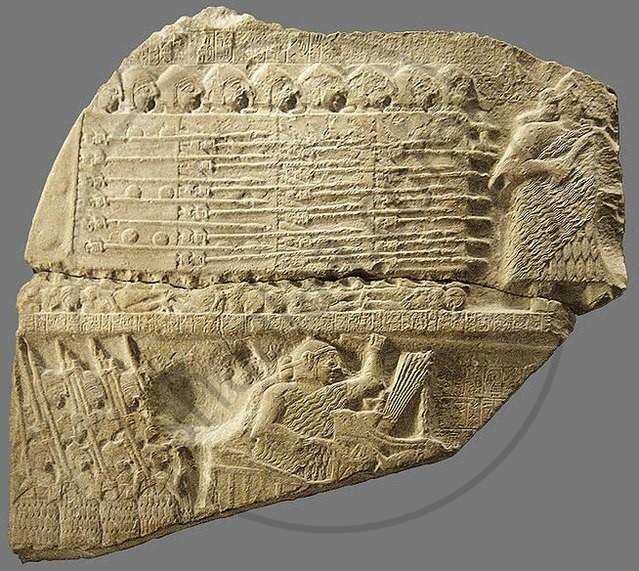Topics
Historiography : Development in the West
History : Applied History
Working of the Constitution
Historiography : Indian Tradition
The Electoral Process
Political Science : Working of the Indian Constitution
Applied History
Political Parties
History of Indian Arts
- What is ‘Art’?
- Indian Traditions of Visual Arts (Drik Kala): Painting
- Prehistoric Paintings
- Mural Paintings and Cave Painting
- Folk Styles of Paintings
- Classical Styles of Painting
- Miniature Paintings in Manuscripts
- Modern Indian Paintings
- Indian Traditions of Visual Arts (Drik Kala): Sculpture Art
- Indus Civilization Sculpture
- Folk Styles of Sculptural Art
- Classical Styles of Sculptural Art
- Indian Iconography
- Indian Traditions of Visual Arts (Drik Kala): Architecture and Sculpture
- Rock-cut Architecture
- Temple Architecture
- Indo-Islamic Architecture
- Indo-Gothic architecture
- Indian Traditions of Performing Arts
- Indian Theatre
- Indian Music
- Indian Dance
- Present Scenario of the Performing Arts
- Art, Applied Art, and Professional Opportunities
Social and Political Movements
- Movement
- Important Movements in India
- Tribal Movement
- Farmers Movement
- Worker's Movements
- Women’s Movement
- Environment Movements
- Consumer Movement
Mass Media and History
Challenges Faced by Indian Democracy
Entertainment and History
Sports and History
Tourism and History
Heritage Management
History - Imperialism
History - 20th Century Age of conflict
History - Emancipation of Asia and Africa
History - World after World War 2
Political Science
Geographical discoveries and colonization
- Concept for Geographical Discoveries and Colonization
Africa
- Imperialism - Africa
Asia: India, China, Japan
- Concept for Asia: India, China, Japan
Dictatorships in Europe, Second World War and world
- Concept on Dictatorships in Europe
- Concept for Second World War and World
First world war
- Concept on First World War
The League of Nations
- Concept for the League of Nations
Russian Revolution
- Concept for Russian Revolution
United Nations Organization
- Concept for United Nations Organization
Africa
- Emancipation of Africa
Asia
- Emancipation of Asia
Globalization
- Globalization After World War II
Scientific and Technological Progress
- Scientific and Technological Progress After World War II
Cold war
- Formation of the Cold War
Social Diversity and Democracy
- Social Diversity
- Coccept for Caste/Race and Democracy
- Concept for Language and Democracy
- Cocnept for Religion and Democracy
- Concept for Gender and Democracy
- Concept for Democracy and Diversity
Challenges to Democracy Remedial Measures to the Challenges
- Concept for Challenges to Democracy Remedial Measures to the Challenges
Internal work
Democracy
- Democracy - Meaning, Types and Characteristics
Political Parties and Types
- Political Parties
- Importance of Political Parties
- Major National and Regional Parties in India/ Types of Political Parties
Notes
Tradition of Historiography:
Historiography and historian:
- The writing of critical historical narratives is known as 'Historiography'.
- A scholar who writes such a narrative is a historian.
Historical Writing:
- The Historian cannot include every past event in his narrative.
- The conceptual framework a historian adopts frequently affects his inclusion and interpretation of historical events. This theoretical foundation shapes his writing style.
- The tradition of writing history did not exist in ancient societies of the world. That doesn’t mean people were not aware of historical times.
- Ancient people also felt the need of passing on the stories of the life and valour of their ancestors to the next generation.
- Ancient communities all over the world used various means like cave paintings, story-telling, singing songs and ballads, etc. for this purpose.
- In modern Historiography, these traditional means are looked upon as a source of history.
Text
Do you know?
|
The earliest inscription in the Louvre Museum |
The Sumerian civilization in Mesopotamia is where the tradition of documenting historical events first emerged. The names of Sumerian monarchs and the accounts of the battles they fought have been recorded in a number of inscriptions. The oldest inscription, which is depicted is from 4500 B.C.E. It describes a conflict between two kingdoms. It is now on view in France's Louvre Museum.
If you would like to contribute notes or other learning material, please submit them using the button below.
Related QuestionsVIEW ALL [9]
Read the following extract and answer the questions below.
| The tradition of recording historical event can be traced back to Sumer civilisation in Mesopotamia. Names of Sumerian kings and the stories of battles fought by them have been preserved in various inscriptions. The earliest inscription shown above, dates back to 4500 B.C.E. It records a battle fought between two kingdoms. It is now displayed at the Louvre museum in France. |
- In which culture did the tradition of writing down historical events take place?
- In which museum is the oldest inscription found?
- Express your opinion on how the inscription is a source of history.

